As people, we tend to want to stand out and make a statement. In the world of wildlife this isn’t the case. The more you stand out, the more risk increases to fall prey to a predator. We have a few interesting instances where camouflage has various uses – but for the most part it’s to avoid becoming a victim to predation.
1. The Viceroy Butterfly: Mimicry
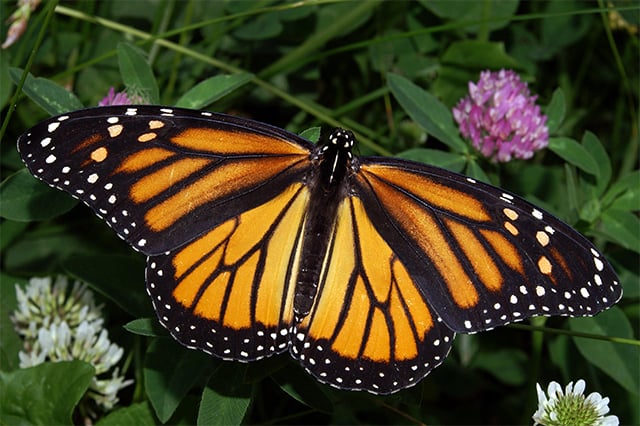
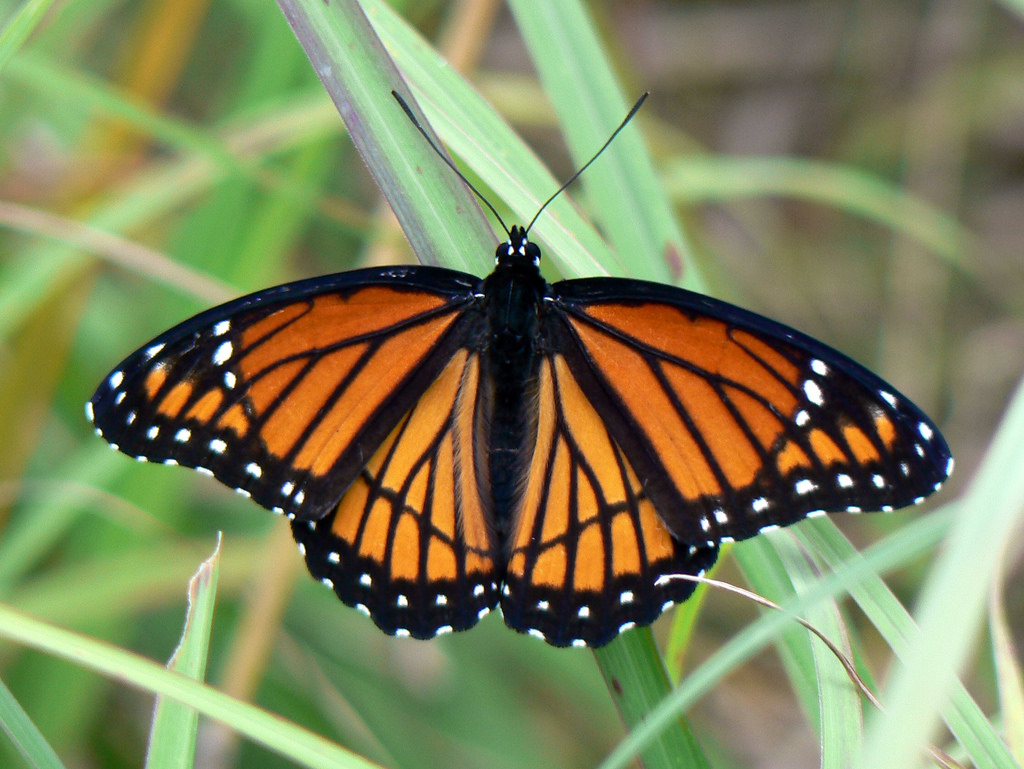
Nature astounds us with its explosion of colour, patterns and incredible beauty. Why? There’s always a reason why a particular animal has a specific colour or pattern. Take the African Viceroy Butterfly, with its vivid orange and black design. This particular colouration is a result of something called Batesian mimicry. Essentially, they’re copy cats. The Viceroy butterfly has evolved to look exactly like the African Monarch Butterfly in an attempt to prevent itself being eaten. The African Monarch is toxic and unpalatable to birds as a result of eating the poisonous milkweed plant as a caterpillar. They use the cardiac glycosides to, in turn, make themselves poisonous to predators so that birds tend to avoid eating them. Through impressive work from its makeup artist, the Viceroy tricks birds into thinking they are Monarch Butterflies when in fact they are utterly harmless and probably quite delicious. Spot the difference.
2. The Nightjar: Camouflage


For ground-nesting birds, camouflage is vital. To avoid predation, many birds are adapted to blend into their surrounding environment. The nightjar is an excellent example of this incredible ability. It chooses its nesting site based on its mottled plumage showing self-awareness of its surrounding environment.
3. The Zebra’s Stripes: Who Knows?
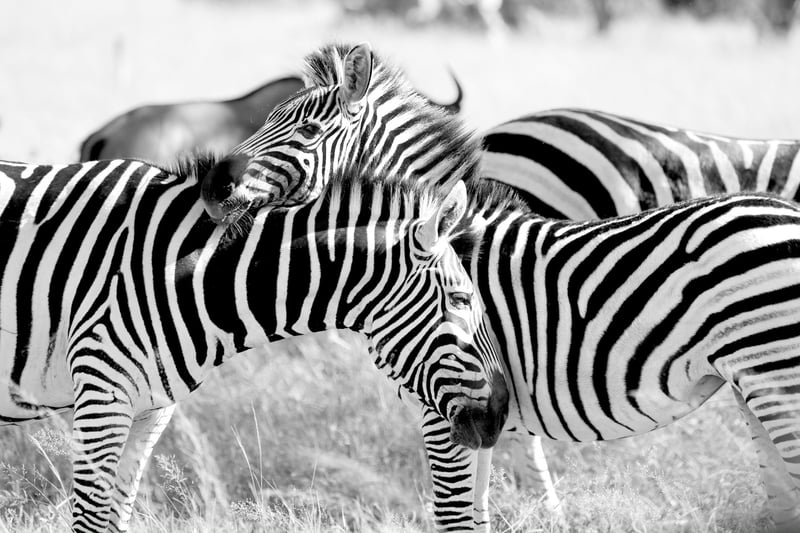
Why the Zebra have stripes seem to be a mystery that no one can crack. At first glance, it seems they stick out like a sore thumb amongst their khaki coloured companions. Theorists hypothesise it might be a defense mechanism to predation. As the herd flees from a lion, their intermingled stripes help to dazzle the predator so that they can’t pick out a single target. Studies have shown that black and white stripes also help in attracting fewer tsetse fly’s. Lastly, some papers suggest stripes are used in thermoregulation. More stripes help the Zebra to cool off because air moves faster over black stripes than the white ones, creating convection currents around the body. To back this up, they show that Zebras tend to have more stripes in hotter areas.
Camouflage is a spectacular phenomenon seen across the world used in predators and prey. Have a look at the pictures below to see if you can spot these extraordinary creatures.
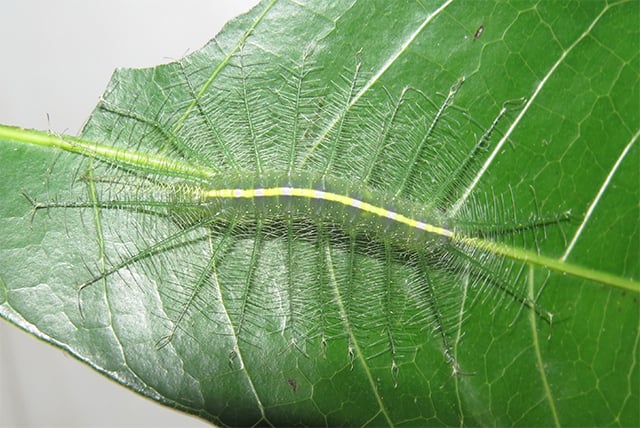
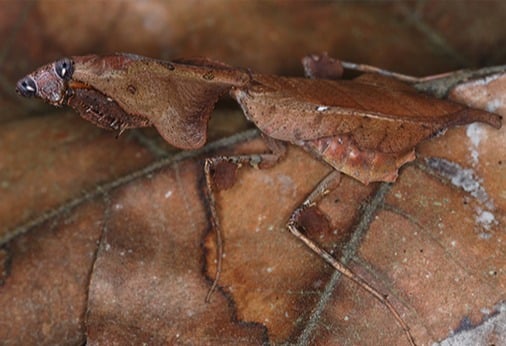




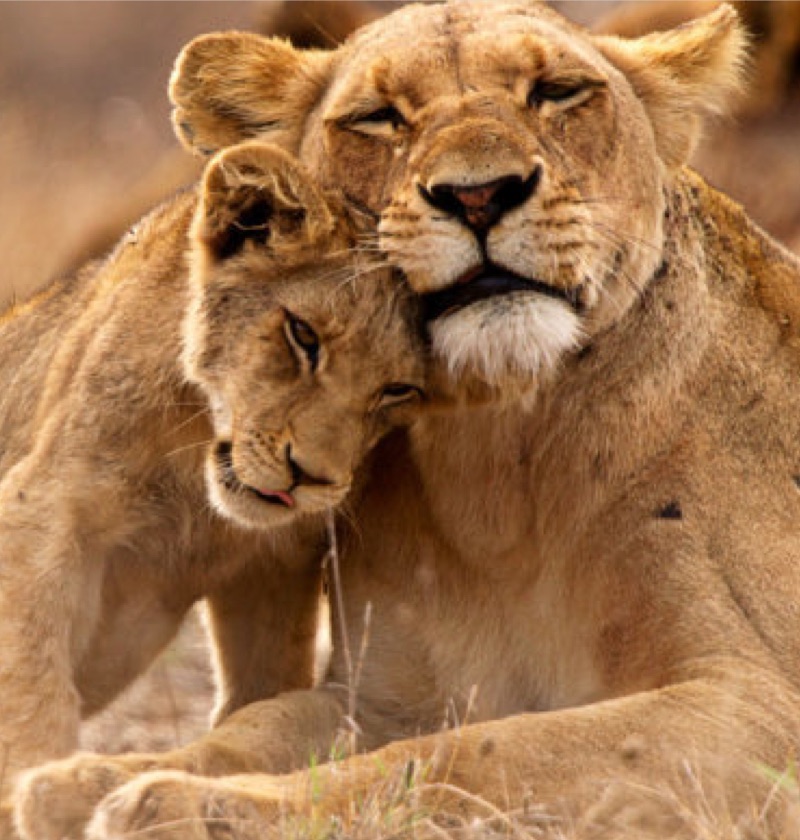








.png)